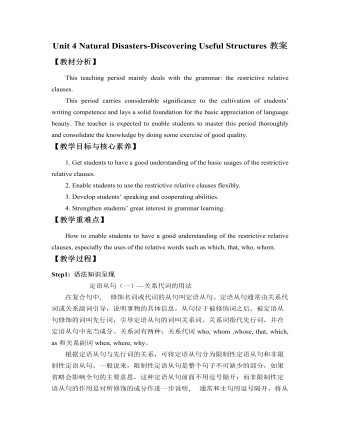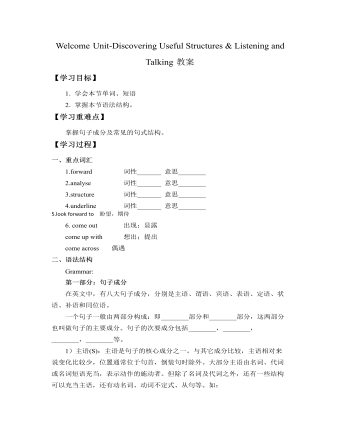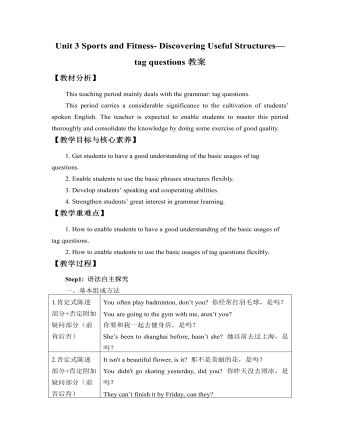新人教版高中英语必修1Welcome Unit-Discovering Useful Structures教案
-
- 页数:11页
- 字数:约 10463 字
- 大小:82.15KB
- 格式:.docx
- 版本:Office2016及以上版本
- 作者:南域PPTer
Welcome Unit–Discovering Useful Structures教案
教学目标
1.通过学习英语句子的基本句法成分和结构,学会分析英语句子结构。
2.识别英语基本句法结构,对长度较长,内容较为丰富的英语句子能够做出正确的理解。
3.为英语句子写作奠定扎实的语法基础。
教学重点
识别并分析下面的句子结构:SV; SVO; SP; SV IO DO; SVOC; SVA; SVOA; There be …
教学难点
能区别以下结构:SP与SVA;SVOC与SVOA;
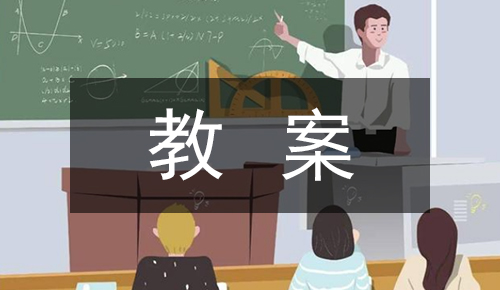
教学过程
教学环节
教师活动
学生活动
设计意图
导入新课
Period 1
I Learn the technical terms-1.
1. S (subject) 主语
2. V (verb) 谓语动词
3. O (object) 宾语
4. P (predicative) 表语
5. A (adverbial) 状语
6. DO (direct objective) 直接宾语
7. IO (indirect objective) 间接宾语
8. C (objective complement) 宾语补足语
9. There be … there be结构
1.回答问题
2.分组讨论什么词(词性)可以充当句子的“主语,宾语,表语,直接宾语,间接宾语,宾语补足语和状语”
学生需要掌握这些句子基本构成成分的概念。这是正确理解英语句子内容的基本保障。
讲授新课
Period 2
II Learn the technical terms-2.
1. What can be used as “Subject, Object, Predicative, Direct Object, Indirect Object and objective complement” in a sentence?
2. What can be used as “adverbial” in a sentence?
3. What can be used as “verb” in a sentence?
Answers to questions 1-3:
1. Nouns, pronouns and appellations can be used as “Subject, Object, Predicative, Direct Object, Indirect Object and Objective Complement”. Besides, adjectives can be used as “Predicative and Objective Complement” in a sentence.
2. Adverbs and prepositional phrases can be used as “Adverbial”.
3. Verbs with actual meaning can be used as “Verb” in a sentence. Auxiliary verbs alone cannot be used as “Verb” in a sentence.
III Learn to recognize the sentence structures.
1. SV structure. For Example:
(1) A bird flies.
S V
(2) A monkey jumps.
S V
(3) A fish swims.
S V
√ In SV structures, verbs are “intransitive verbs”.
2. SVO structure. For Example:
(1) A sheep eats grass.
S V O
(2) They like bananas.
S V O
(3) He wants candy.
S V O
√ In SVO structures, verbs are “transitive verbs”.
3. SP structure. For Example:
(1) This is great.
S P
(2) He looks well.
S P
(3) She became a teacher.
S P
√ In SP structures, Predicatives are formed by “link verbs” and “adjectives or nouns”.
√ link verbs: be, become, grow, look, feel, taste, etc.
4. SV IO DO structure. For Example:
(1) He asked me a question.
S V IO DO
(2) Danny wrote me a letter.
S V IO DO
(3) Billy brought Sam a kite.
S V IO DO
√ In SV IO DO structures, the verbs are transitive and are followed by two objectives – pronouns or nouns as Indirect Objective, and nouns as Direct Objectives.
√ verb pattern: tell sb. sth.
5. SVOC structure. For Example:
(1) The war made him a hero.
S V O C
(2) They found the snake dead.
S V O C
(3) We call him Mr. Wood.
S V O C
√ In SVOC structures, the verb is transitive and is followed by an objectives and a complement. The complement here is used to show the situation of the object.
√ In SVOC structures, Objective complements can be nouns, adjectives, –ing phrases or –ed phrases.
6. SVA structure. For Example:
(1) It rained heavily.
S V A
(2) He coughed badly.
S V A
(3) The rabbit ran fast.
S V A
√ In SVA structures, the verb is intransitive and is followed by an adverbial.
7. SVOA structure. For Example:
(1) A sheep eats grass over there.
S V O A
(2) Mum makes lunch in the kitchen.
S V O A
(3) They liked the film very much.
S V O A
√ SVOA structure is formed by SVO structure plus an adverbial at the end.
8. There be structure. For Example:
(1) There is an apple on the table.
V S A
(2) There are 7 days in a week.
V S A
(3) There is milk and bread on the table.
V S A
√ In “There be…” structure, subject and verb “be” is inverted.
√ The number of “be” is decided by the very first subject followed.
IV Questions to think:
1. Look at the picture below and examine the sentence structures. What parts are shared by all of them?
2.In the eight basic structures, what is the more stable element and what is the most unstable element in a sentence?
V Read the sentences and analyse the structures.
1. The 100-year-old school lies in the center of the city.
S V A
2. We must act.
S V
3. The maths homework looks easy.
S P
4. The teacher found the classroom empty.
S V O C
5. My mum bought me a new dictionary.
S V IO DO
6. Tom is looking forward to meeting the new exchange studnent.
S V O
7. There is an English corner at our school.
V S A
8. We had chemistry in the newly built lab.
S V O A
VI Read the passage and analyse the structures of the underlined sentences.
1. That dream has come true!
S P
2. Tim and his classmates are living on a ship.
S V A
3. They also learn about ships and the sea.
S V O
4. Tim writes his parents every week and tells
S V O A V
them what happened on the ship.
IO DO
5. There’s always something exciting to do.
V S
6. Studying and doing homework seem much more fun.
S P
VII Answers to “IV Questions to think”
1. Each sentence shall have an “S” and a “V”.
2. “S” is relatively stable, compared to “V” - the most unstable part in English sentence.
1.学生逐个举例子分析,穷尽可以充当“S,V,O, P, A, DO, IO, C”等句子成分的词性。
2.列表,判断并总结可以作“主语,宾语, 表语,直接宾语,间接宾语,宾语补足语”等成分的词性。
3.学生做练习,分析句子成分。
4.逐个提问学生,请学生通过看图做出判断。
5.逐个提问学生回答问题。
6.逐个提问学生回答问题。
1.学生进行“头脑风暴”,通过分析,归纳,最后得出结论,尝试回答问题1-3。
2.区别“词性”与“句子成分”的概念。
3.使学生熟练掌握这8种基本句子结构。
4.培养学生仔细观察,对比分析的能力。同时,让学生带着问题思考后面所做练习的意义。
5.练习识别基本句子结构。
6.培训学生快速识别句子基本结构的能力。
【课堂小结】
Period 3
Summary
In this period, we’ve learned about some important concepts of syntax.
1. The definitions of “S (subject), V (verb), O (object), P (predicative), A (adverbial), DO (direct object), IO (Indirect object) and C (object complement)”;
2. The morphologic features corresponding to “ S (subject), V (verb), O (object), P (predicative), A (adverbial), DO (direct object), IO (Indirect object) and C (object complement)”;
3. “V”, as the most unstable part in English sentence, decides all the varieties of the basic sentence structures.
4. The importance of learning verb patterns.
Home work:
1. Recite the meanings of the capitalized initials “S (subject), V (verb), O (object), P (predicative), A (adverbial), DO (direct object), IO (Indirect object) and C (object complement)”.
2. Think about the significance of distinguishing “transitive verbs” from “intransitive verbs”?
学生认真阅读该小结,回忆前面做过的练习和分析。
帮助学生梳理本节课的重要内容
您可能喜欢的文档
查看更多
新人教版高中英语必修2Unit 5 Music-Discovering Useful Structures教案二
- 页数:4页
- |大小:68.34KB

新人教版高中英语必修2Unit 5 Music-Discovering Useful Structures教案一
- 页数:4页
- |大小:76.03KB
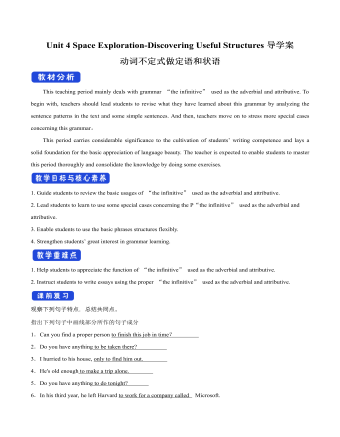
新人教版高中英语必修3Unit 4 Space Exploration-Discovering Useful Structures导学案
- 页数:4页
- |大小:113.97KB
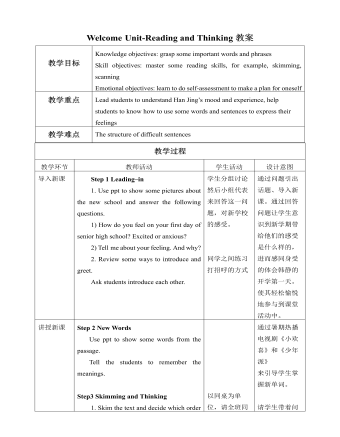
新人教版高中英语必修1Welcome Unit-Reading and Thinking教案
- 页数:10页
- |大小:49.33KB
热门课件教案
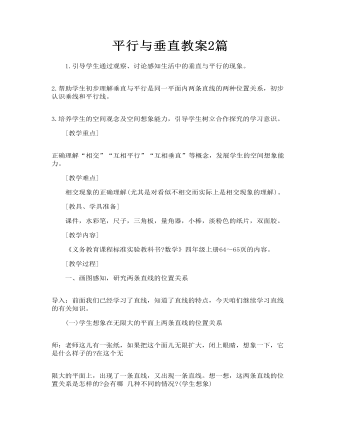
平行与垂直教案2篇
- 页数:9页
- |大小:101.04KB
- 课件教案
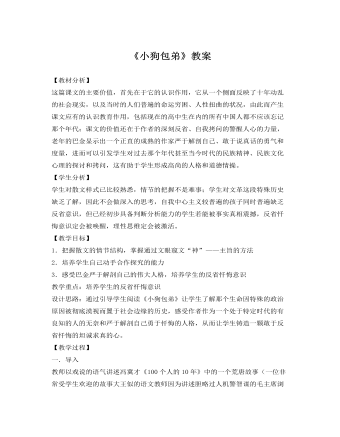
人教版高中语文《小狗包弟》教案
- 页数:8页
- |大小:29.21KB
- 课件教案
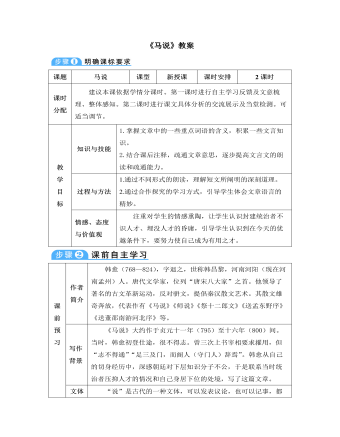
部编版语文八年级下册《马说》教案
- 页数:8页
- |大小:367.50KB
- 课件教案
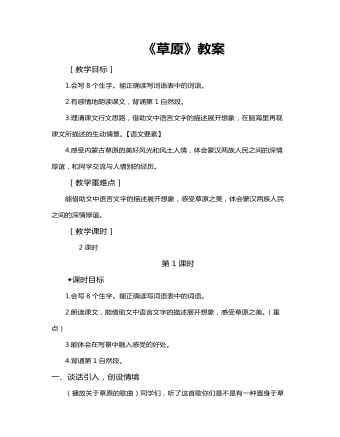
部编版六年级语文上册《草原》教案
- 页数:6页
- |大小:265.86KB
- 课件教案

精选高中生期末评语
- 页数:42页
- |大小:7M
- 课件教案
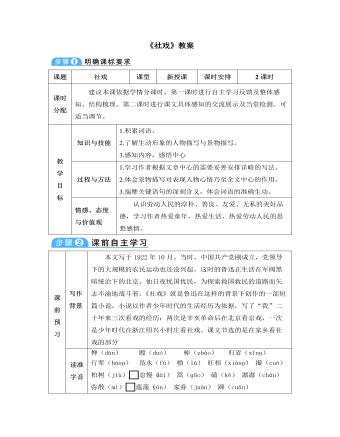
部编版语文八年级下册《社戏》教案
- 页数:8页
- |大小:340.00KB
- 课件教案
今日更新

精选高中生期末评语
- 页数:42页
- |大小:7M

××县招商局2024年上半年工作总结
- 页数:12页
- |大小:142.54KB

“四零”承诺服务创建工作总结
- 页数:5页
- |大小:39.83KB
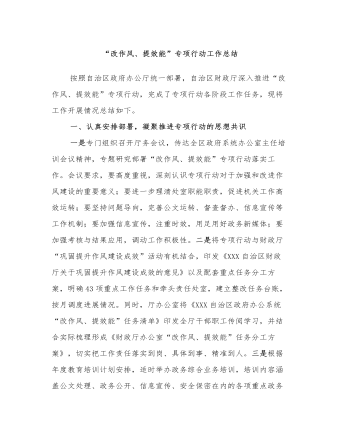
“改作风、提效能”专项行动工作总结
- 页数:6页
- |大小:139.05KB
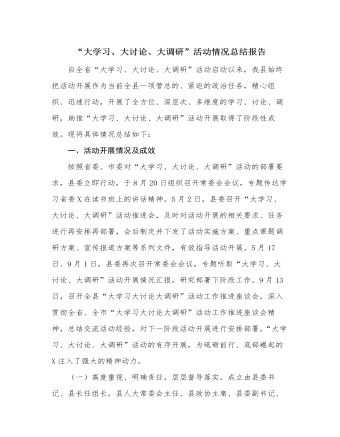
“大学习、大讨论、大调研”活动情况总结报告
- 页数:7页
- |大小:26.12KB
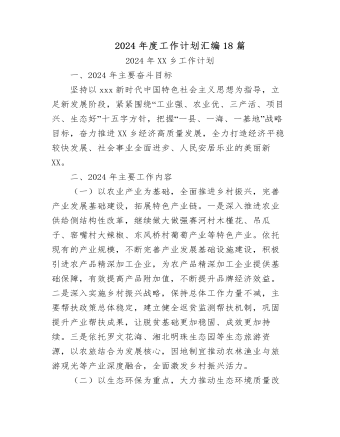
2024年度工作计划汇编(18篇)
- 页数:72页
- |大小:196.93KB
